|
One of the best things about living in the suburbs of Washington, DC is the ability to make repeat visits to the stirring memorials and monuments around the National Mall. If you have ever walked the path at the Vietnam Veterans Memorial or read the 24 bronze panels on the World War II Memorial, you can understand how design elements play a powerful role in evoking emotions and sharing history. It is this same sense of reverence that you feel upon approach to the beach tableau that is part of the 88 acre National D-Day Memorial in Bedford, Virginia. The memorial was brought to life based on the vision of D-Day Veteran, John Robert “Bob” Slaughter. Just 19 years old when he stepped foot on the beach as part of the D-Day Allied invasion during World War II, he had the opportunity to return to Normandy several times over the years. In 1989, he began working with other veterans to fulfill his vision of creating a memorial to honor those who did not make it off the beaches June 6, 1944. The National D-Day Memorial in Bedford, Virginia was officially opened and dedicated by President George W. Bush on June 6, 2001.
*This post was updated June, 2024
This post contains affiliate links; if you purchase something familyTravelsUSA may receive a small commission. As always, opinions are my own.
Visiting the National D-Day Memorial
We’ve driven up and down I-81 in Virginia more times than we can count, but somehow only recently learned about the National D-Day Memorial in the town of Bedford. The memorial pays tribute to the Allied Forces from 12 countries who came together on June 6, 1944, otherwise known as D-Day. It was part of a massive land, air and sea operation during World War II known as Overlord. Over 11,000 airplanes, 5000 ships and 150,000 service members made up the Allied Forces during the operation, with participation from countries across the globe. So why then, was this moving tribute built in a small mountain town in Virginia? During World War II, it was common for many communities across the country to send a company of soldiers to war. This often included a large percentage of the young men living in any given community. Thirty-one of the “Bedford Boys” who were part of Company A, joined the first wave of soldiers that headed to Omaha Beach on June 6, 1944. Unfortunately, they suffered 19 casualties that day, which turned out to be the highest casualty loss per capita for any community across the USA. The fact that the memorial was built with the backdrop and quietness of the beautiful Blue Ridge Mountains only serves to enhance the experience as you explore the outdoor exhibits.
As you wander the grounds of the memorial, it’s helpful to have either the brochure or the National D-Day Memorial app (more details on that below). No guided tours were available at the time of our visit. However, several knowledgeable, socially distanced docents were there to provide us with historical background information for the main exhibits. Each section of the memorial is numbered on the map. Allow time to read the many plaques, like the ones that accompany the 6 busts of General Dwight D. Eisenhower’s subordinates in the Richard S. Reynolds, Sr. Garden. Don’t miss reading the story behind the tile mosaic that stands above the General Eisenhower sculpture. Fun fact: We learned that Eisenhower’s pose in the sculpture was inspired by a photo where he was discussing fly fishing with one of his Lieutenants! Take a look and see for yourself. It was also interesting to learn how the floor of the Elmon T. Gray Plaza was intentionally designed to depict all five beaches that were part of the D-Day landing: Omaha, Utah, Gold, Juno and Sword. The most solemn piece in the memorial is the beach tableau, a scene which includes elements of the beach landing on June 6th. This includes a granite representation of the “Higgins Boat,” which was the landing craft used to transport the soldiers, along with reproductions of “hedgehogs,” large obstacles that were placed in the water by the Germans. The most moving pieces, however, are the four sculptures of soldiers as they moved from the Higgins Boat, through the water, and up the shores of the beach. Periodic bursts of water throughout the scene represent the gunfire the soldiers faced as they approached the shore. The curved walls of the Gray plaza are also home to numerous bronze plaques with the names of over 4400 Allied troops that died on D-Day. One side is dedicated solely to the 2,502 service members killed from the USA, while the other wall pays tribute to 1,913 members of the Allied Expeditionary Force. The Robey W. Estes, Sr. Plaza includes the Final Tribute and the massive Overlord Arch. It’s size of 44 feet 6 inches coincides with the year 1944 and the 6 represents both the month of June and the date of the operation. The plaza also includes flags of the 12 nations that were part of the Allied Expeditionary Force, along with another moving sculpture representing Valor, Fidelity, Sacrifice. Visitors have the opportunity to purchase a flag from the Gift Shop that can be placed around the sculpture to honor a service member. Rather than describe every detail of the memorial, I really feel that if you are traveling in the area you should experience the memorial for yourself. Before or after you visit, take some time to listen to historic radio broadcasts, read more about the planning and preparation for Operation Overlord, and find great educational resources on the National D-Day Memorial site. What To Know Before You Go
The museum currently charges a $12 admission fee, with discounts for online ticket purchases. Further discounts are available for Veterans and Active Duty Military members, along with students. Children under age 6 are free. The memorial is outside, with just a few shaded areas throughout the grounds. The free National D-Day app is helpful, especially if no guided tours are available. Be aware there may be spotty cell service so download the app before you go. Our visit was mid-week, so there were just a handful of other visitors scattered around the memorial.
After your visit, consider spending some time exploring the Bedford community with the self-guided Bedford Boys Homefront Tour. Town Kitchen & Provisions is a good place to grab lunch in Bedford. The memorial can be reached either via Interstate 81 or US 29, and the closest larger cities are Lynchburg and Roanoke. If you are spending more time in the area, consider spending the night at the Peaks of Otter Lodge or The Virginian Lynchburg Curio Collection. When you are done, don't miss the chance to take a scenic drive on the Blue Ridge Parkway.
4 Comments
Dale Ray
10/31/2020 07:53:52 am
Looks & Sounds GREAT according to Friends! * Going tomorrow! (11.01.2020) We'll post OUR thoughts shortly after! "God Bless the Vets!"
Reply
Your comment will be posted after it is approved.
Leave a Reply. |

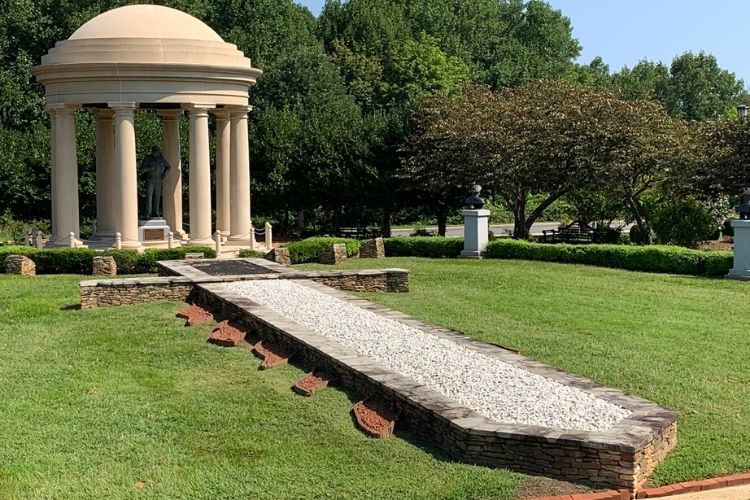
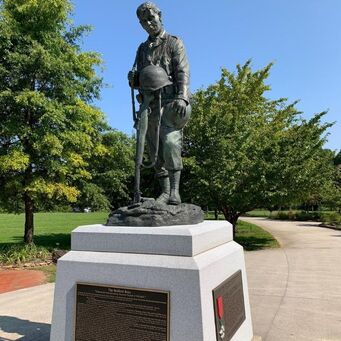
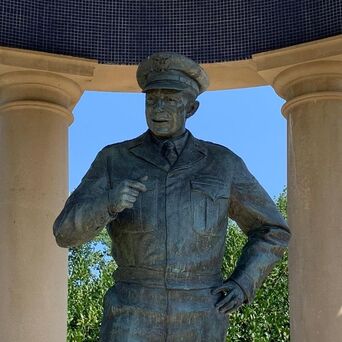
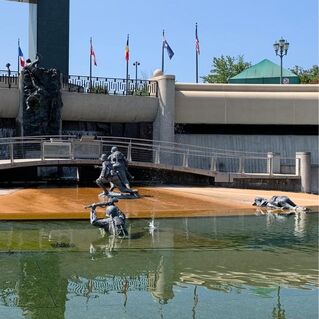
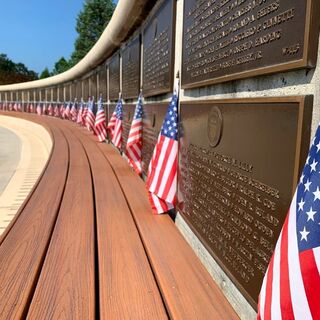
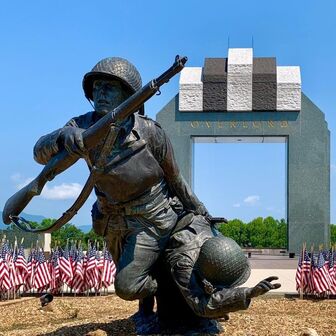
 RSS Feed
RSS Feed
